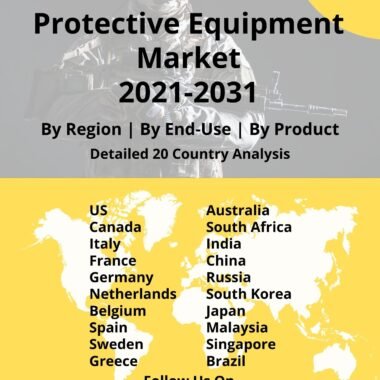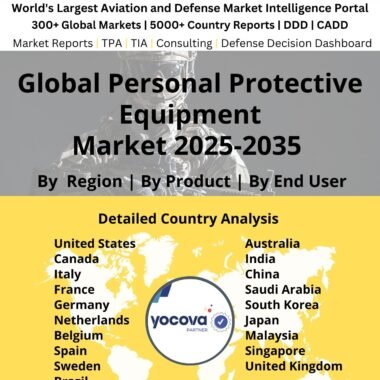Description
Ammunition is defined as any material that is fired, scattered, dropped, or detonated from a weapon or weapon system. Ammunition is crucial in escalating, extending, or intensifying armed conflict. Small caliber ammunition, usually smaller than 20 mm in diameter, consists of gun powder and primers for an explosion in cartridges and bullets fired from a weapon. The ammunition is mostly employed with small guns and some light weapons. The small caliber ammunition market is divided into five categories based on cartridge size: 5.56mm, 7.62mm, 9mm, 12.7mm, 12.77mm, 14.5mm, 45ACP, .338LM, .22LR, .223 Remington, and.308 Winchester.
Currently, three types of small-caliber ammunition are in use. During combat operations, war reserve ammunition with overmatch capability is utilized to support individual and crew-served weapons. Training standard ammunition is dual-purpose and can be used to support both training and operational requirements, and training-unique ammunition is designed specifically for training and is not authorized for use in combat.
The market is being driven by an increase in the acquisition of small caliber ammunition by military forces, local law enforcement agencies, and border security forces. The Asia Pacific region, led by China, India, Pakistan, and South and North Korea, is allocating a sizable budget for defense and law enforcement training. Furthermore, rising incidences of interpersonal conflict, asymmetric warfare, terrorist activities, and domestic violence, as well as increased economic development and improvement in the manufacturing industry, all help to propel market enforcement.
Ammunition and assembly line manufacturing have been harmed around the world as a result of the pandemic. Despite the importance of ammunition manufacturing for military applications, ammunition production is hampered by supply chain constraints.
Lightweight Case advanced armor-piercing capabilities, reduced range ammunition, one-way luminescence trace ammunition, lead- free primer, all-purpose tactical cartridge, and next generation projectiles are among the small caliber ammunition in research and development.
The key players in the Small Caliber Ammunition Market are Australian Munitions, BAE Systems, CBC, Denel SOC Ltd, FN HERSTAL, General Dynamics Ordnance and Tactical Systems, Inc., Global Ordnance, IMI Systems Ltd., MEN – Metallwerk, Elisenhuette GmbH, Nammo AS, Northrop Grumman Corporation, Olin Corporation, Poongsan Corporation, and Remington Outdoor Company.
The US Army has revealed its Next Generation Squad Weapon (NGSW) program. It is the most significant program for small ammunition in the world. True Velocity, a manufacturer of ammunition, has tested an M134 Minigun chambered for its 6.8mm TVCM cartridge, among other weapons. True Velocity’s composite-cased 6.8 TVCM cartridges outperform traditional brass-cased ammunition in terms of performance and logistics, and it currently meets or exceeds all NGSW programme requirements.
Compared to the standard brass-cased 7.62x51mm round, the 6.8 TVCM cartridges have a much higher muzzle velocity and effective range, while also reducing the cartridge’s weight by more than 30% and maintaining normal, safe operating chamber pressures, allowing interoperability with contemporary weapon systems such as the M240B.
The military market is predicted to gain traction in the worldwide small-caliber ammunition sector over the forecast period, owing to increased hostilities between countries and army modernization initiatives.




